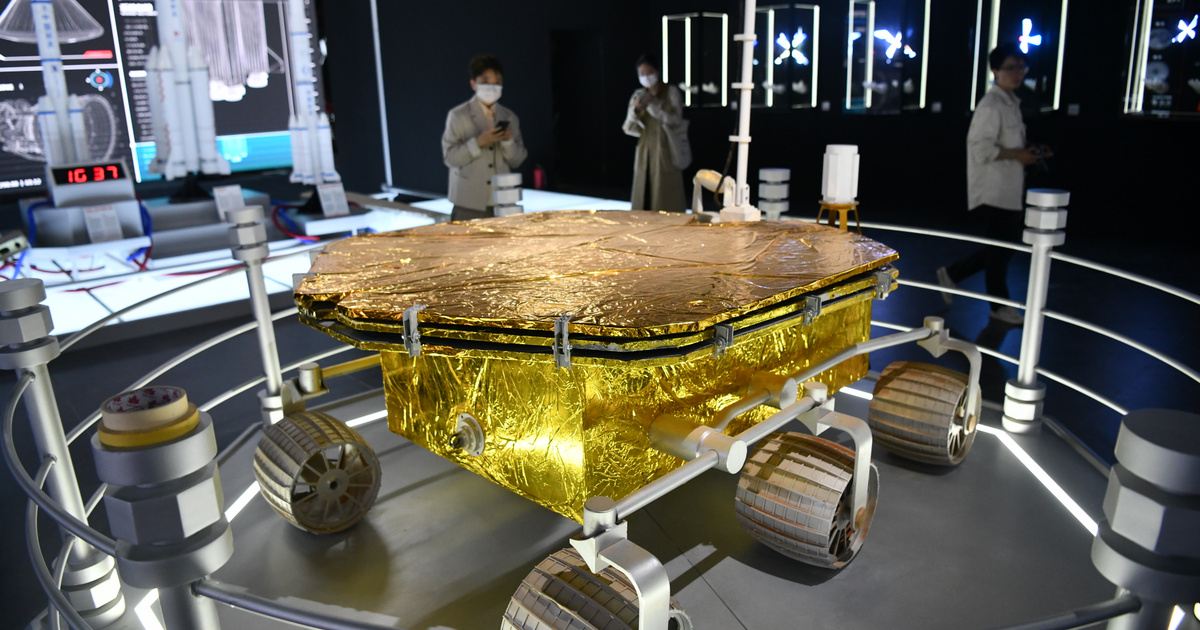The Chinese mission, which Sun Zechu, chief engineer of the Tianwen-1 mission, recently presented to the press, will launch at the end of 2028 and return in the summer of 2031 with samples from the Red Planet.
The mission may be two years ahead of a joint program between NASA and the European Space Agency that would return samples collected by the probe. The mission of the Tianwen-3 probe will be somewhat simpler than this, the rover will be deleted and only rocks will be brought from the landing site. The samples themselves will be taken by drilling, and according to current ideas, a four-legged robot will also take part in the work.
The relative simplicity of the process will not detract from the glory, as Chinese astronauts will thus be the first to return a Martian sample to Earth.
Tianwen-3 will consist of two main components: the landing and take-off module, the orbital module and the return module. They will be launched separately, in the Long March 5 and the Long March 3B launch vehicle. The probe will consist of two stages, liquid or solid fuel, and should reach a speed of 4.5 kilometers per second.
The technology demonstrated by Tianwen-1 will be used to land on Mars, while Chang’o-5, which returns with samples from the Moon, will be used as the basis for a return to Earth. The returning module from Mars and the orbiting module will meet and rendezvous automatically.
They will catch up
Arriving at Mars in February 2021 at the same time as NASA’s Perseverance probe, Tianwen-1 was China’s first successful interplanetary mission, sending an orbiter and rover to the Red Planet. The orbiter will be directed into the Martian atmosphere later this year to collect data on atmospheric braking.
Those with sharp eyes can detect that Tianwen-2 is missing from the line. It will be an asteroid research mission expected to be launched in 2025.
The international mission to collect and return samples collected by NASA Perseverance in March has been postponed and will also be divided into two launches to ensure mission safety. According to the new schedule, the ESA Earth Return Orbiter will launch in 2027 and return samples in 2033.
The goal of returning and examining the Martian samples is to prove that life existed on Mars. Now it appears that Chinese researchers may have the crucial scientific evidence.












































